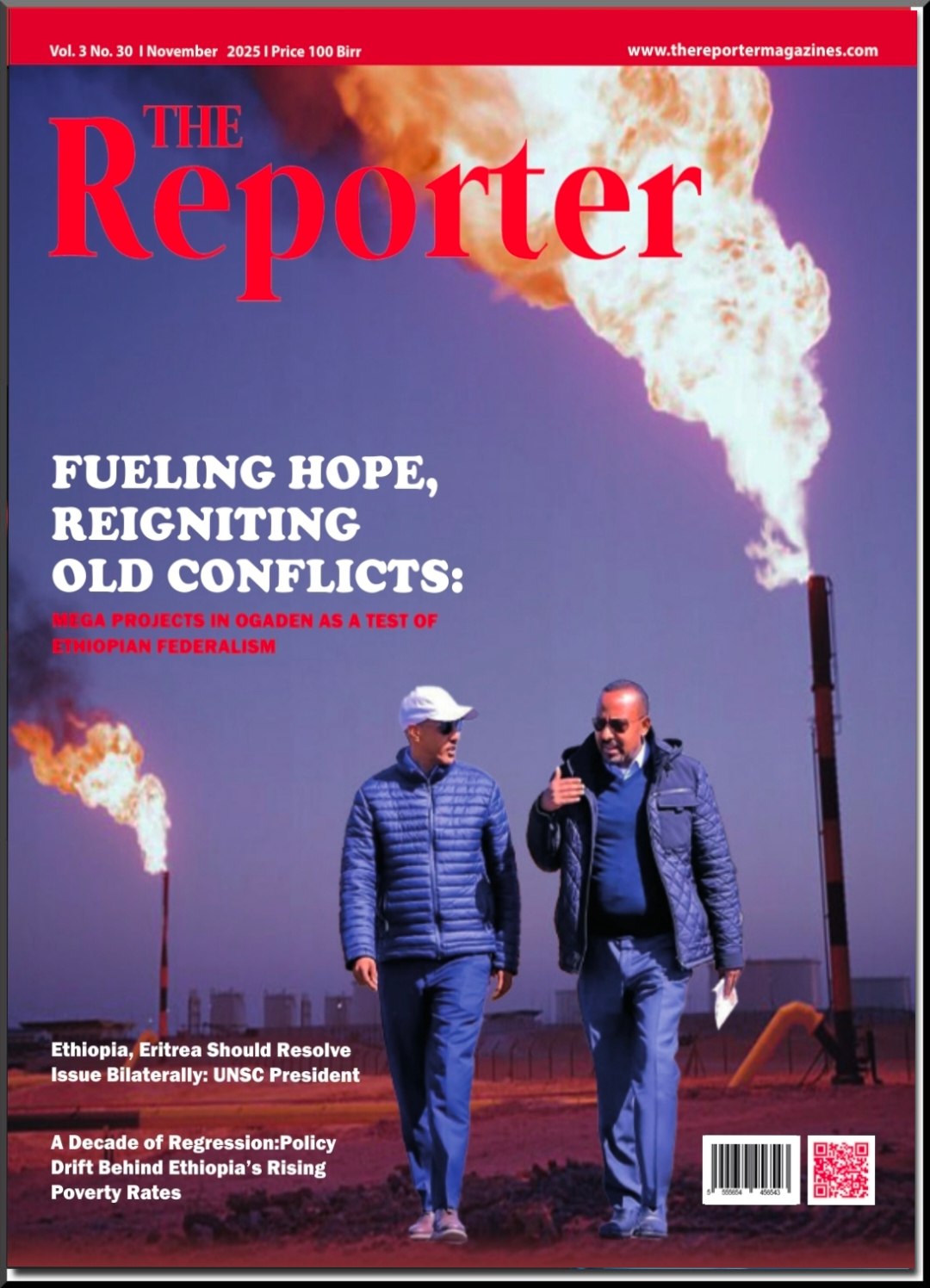Ethiopia stands at the center of a worsening migration crisis, where aspiration too often curdles into exploitation. For thousands of young women, the promise of work abroad dissolves into cycles of abuse, deception and isolation. Despite government attempts to regulate recruitment agencies and repatriate victims, traffickers adapt, enforcement falters, and economic despair continues to push women into exploitative labor — sometimes with devastating consequences.
Poverty has long been a powerful driver of migration. But Ethiopia’s internal conflicts — from Tigray to Amhara to Oromia — now serve as an equally urgent catalyst. War has displaced millions, fractured families and gutted local economies. Displaced and desperate, many women are funneled into informal migration routes. Without papers or protection, they become easy prey for traffickers and unlicensed brokers, some of whom recruit directly from displacement camps and border towns.
Selam (name changed upon request), a 20-year-old from northern Amhara, fled her village after clashes. Hoping to reach Saudi Arabia via Yemen, she was detained and deported. “They told me it would be safe,” she recalled. “They promised me work. But I was treated like nothing.” Her story is heartbreakingly common.
A policy brief by UN Women earlier this year warned that Ethiopian women are increasingly reliant on unregistered recruitment agencies and informal networks. Those who travel by land rather than by air face heightened risks of sexual violence, forced labor and trafficking. Many of the actors in this shadow economy do not even see themselves as traffickers, but rather as “facilitators,” obscuring their role in cycles of harm.
To close the legal gaps, Ethiopia’s Ministry of Labor and Skills has drafted a new overseas employment law. It proposes tiered licensing for agencies, stricter financial oversight and full digitization of recruitment through the Ethiopian Labor Market Information System. If passed, the law would replace outdated proclamations from 2008 and 2013, reduce the burdensome deposit required of recruiters, and introduce stronger safeguards for workers.
But the scale of the problem dwarfs the reforms.
A recent government report revealed Ethiopia has met only 24 percent of its projected USD 472 million in income from overseas labor. Fraud is rampant; more than 700 active complaints have been filed by Ethiopians abroad. Meanwhile, thousands continue to take perilous irregular routes through Kenya, Tanzania and South Africa. Children as young as 10 have been discovered in smuggling trucks.
The Red Sea corridor, among the world’s deadliest migration routes, remains a graveyard for Ethiopian lives. In July, more than 90 migrants drowned after a boat capsized off Yemen. Yemeni authorities have since promised a crackdown on African smuggling networks, but the dangers persist.
Ethiopia, under pressure from international partners, has increased repatriations with the International Organization for Migration and signed new agreements with Gulf states to create safer, regulated labor pathways. Pre-departure training has expanded, and officials are exploring opportunities in Europe and North America. Yet experts warn that without addressing poverty, unemployment, gender inequality and political instability at home, such reforms can only mitigate, not resolve, the crisis.
The exploitation of Ethiopian women is not confined to the Gulf. In recent months, a disturbing case emerged in Russia’s Alabuga Special Economic Zone. Marketed as a “work-study” program called Alabuga Start, it promised young African women — including Ethiopians — education and good wages. Instead, recruits were forced into high-surveillance jobs assembling drones for the war in Ukraine. Recruitment drives spread on TikTok and encrypted Telegram channels, portraying the scheme as a glamorous tech opportunity abroad.
This is a new frontier in trafficking: the fusion of digital recruitment, war economies and global labor exploitation. Ethiopia’s migration crisis is now entangled in the machinery of geopolitical conflict.
“This isn’t just about bad brokers,” one migration expert said. “It’s about desperation, systemic failure and a global system that thrives on cheap, invisible labor.”
Until migration becomes a genuine choice rather than an escape, young Ethiopian women will remain vulnerable to the next “opportunity” that turns into exploitation.
Edna Hassan is a humanitarian worker and a blogger.
Contributed by Edna Hassan





